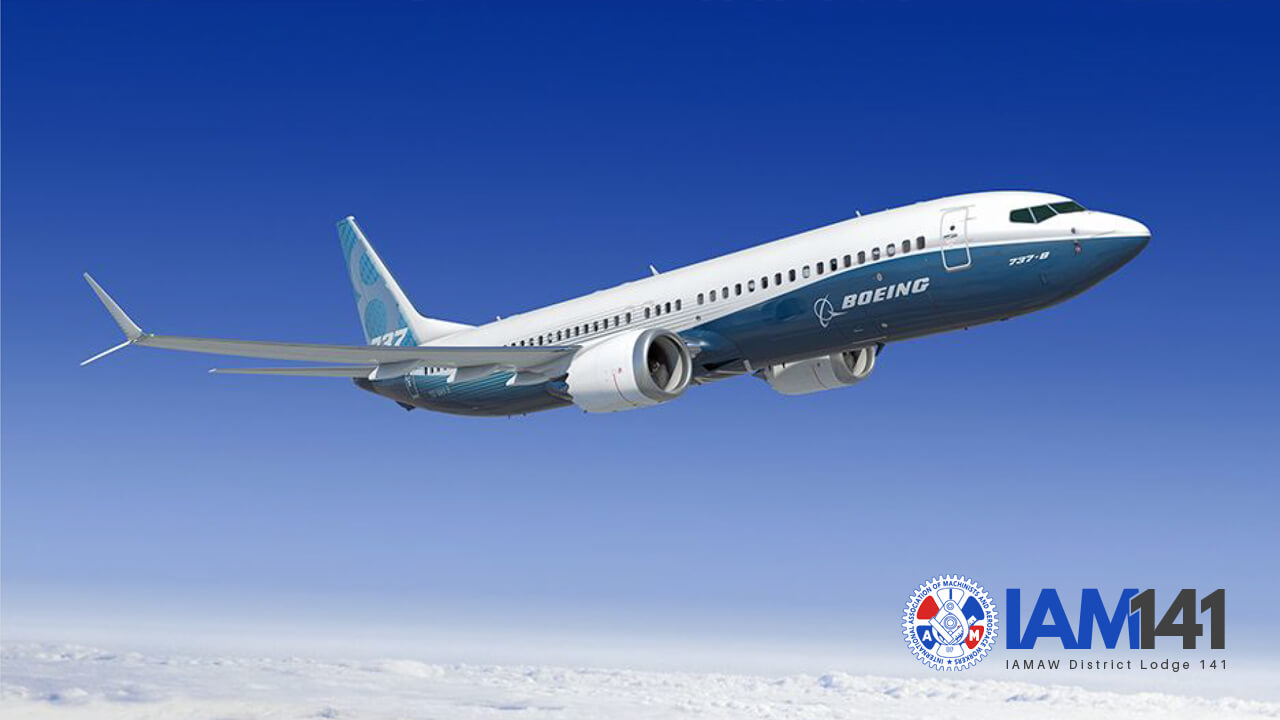
by Eric Price | Mar 14, 2019 | Airlines, American, Departments, Featured, Hawaiian, Home, Philippine, Safety, Spirit, United
For most travelers, getting on a brand new plane is a treat. Besides that “new plane smell,” passengers expect that a new aircraft, like a new car or appliance, will offer the latest advances in technology, safety and comfort. When that aircraft is the newest version...


